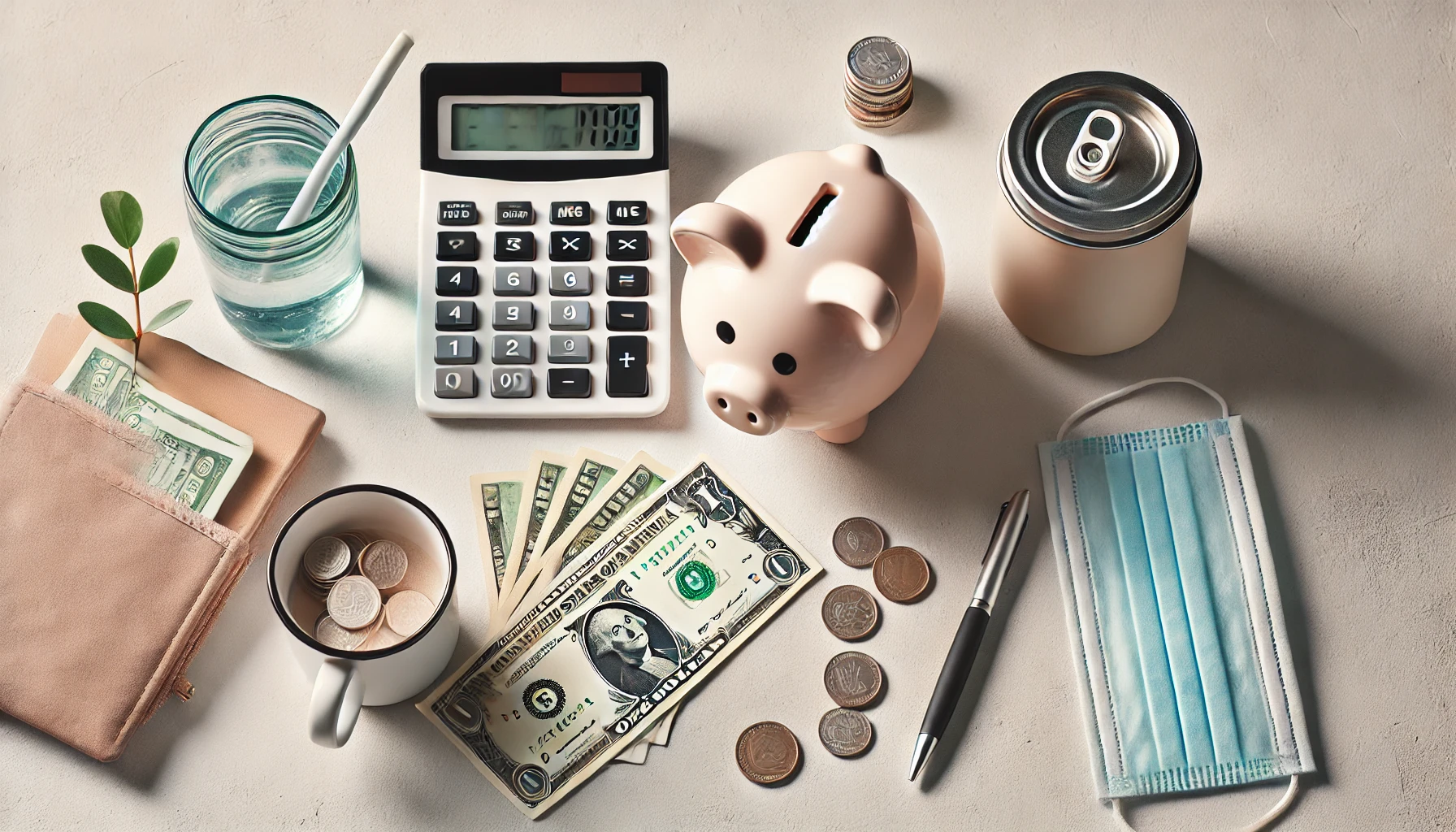Imagine your car breaks down, a medical bill shows up, or you lose your job unexpectedly. Without savings, these situations can quickly turn into financial crises. That’s where an emergency fund becomes your best ally.
But what if you’re on a tight budget? Can you still build a safety net?
Absolutely.
In this article, you’ll learn how to create an emergency fund—even if your income is low. With the right approach, small steps can lead to big security.
What Is an Emergency Fund?
An emergency fund is money set aside for unexpected expenses, such as:
- Medical bills
- Car repairs
- Job loss
- Urgent home repairs
- Family emergencies
The goal is to have cash available so you don’t need to borrow, use a credit card, or fall into debt when life surprises you.
Why an Emergency Fund Is a Priority
Even if you’re focused on paying off debt or surviving on a tight budget, building a small emergency fund should come first.
Here’s why:
- It protects your budget from unexpected shocks
- It reduces financial stress
- It keeps you from relying on high-interest loans
- It gives you freedom and flexibility
You don’t need thousands of dollars to start—even $500 can make a huge difference.
Step 1: Set a Realistic First Goal
Thinking about saving 3–6 months of expenses can be intimidating. So don’t start there.
Set your first goal at:
- $100
- Then $500
- Then aim for $1,000
These small, achievable milestones help build momentum.
Step 2: Open a Separate Savings Account
Keep your emergency fund separate from your everyday money to avoid temptation.
Look for:
- A free savings account with no maintenance fees
- No minimum balance requirements
- Easy access when you need it
- Optional: High-yield online savings accounts for a little extra interest
Avoid tying it to your checking account—it should feel a bit “out of reach,” but still available.
Step 3: Automate Tiny Contributions
Even if you can only save $5 or $10 per week, it adds up.
Try this:
- Set up an automatic transfer every payday
- Use apps like Chime, Qapital, or Digit to round up spare change
- Treat saving like a bill you pay to yourself
Remember, consistency beats amount. Saving $10 a week = $520 in a year.
Step 4: Cut One Expense (Temporarily)
If your income is tight, look for one small expense to cut for a month or two.
Examples:
- Cancel a subscription you rarely use
- Make coffee at home instead of buying it
- Pack lunch instead of eating out
Even freeing up $20–$50/month can jumpstart your fund without major lifestyle changes.
Step 5: Save Unexpected Money
When you receive money you weren’t expecting—like:
- A tax refund
- Birthday gifts
- Rebates
- Bonuses or side hustle income
Put at least a portion into your emergency fund. This is the easiest way to grow it fast.
Step 6: Sell Something You Don’t Use
Look around your home. Chances are you have:
- Clothes you no longer wear
- Gadgets you don’t use
- Books, tools, or appliances collecting dust
Sell them on local marketplaces or apps like eBay, Facebook Marketplace, or Mercari. Put that money directly into your savings.
Step 7: Use Cash-Only for a While
Using cash instead of cards for everyday spending can help you:
- Be more mindful about purchases
- Stop spending once your cash is gone
- Save more of what’s left at the end of the week
Take the leftover coins and bills and add them to your emergency fund jar. You’ll be surprised how fast it grows.
Step 8: Avoid Touching It (Unless It’s Truly an Emergency)
Once you have money saved, the key is to protect it.
Emergencies are:
- Car breakdowns
- Medical bills
- Urgent home repairs
Emergencies are not:
- A concert ticket
- A birthday gift
- A vacation deal
Train yourself to ask: “Is this truly unexpected and necessary?” If not, keep that money safe.
Step 9: Refill It After Use
If you ever need to dip into your emergency fund, that’s okay—that’s what it’s for.
But once the crisis passes, make a plan to refill it. Go back to small contributions until it’s back at your comfort level.
Step 10: Celebrate Milestones
It might not feel exciting to save money—but reaching your first $100, $500, or $1,000 is a huge win. Celebrate it!
- Share your progress with a friend
- Treat yourself to a low-cost reward
- Set your next goal and keep going
Every dollar saved is a dollar you won’t have to borrow later.
Final Thought: Saving Small Is Saving Smart
You don’t need a big salary to build financial security. You just need a plan, patience, and consistency.
By starting small, cutting where you can, and making saving automatic, you’ll be able to build an emergency fund that protects you and your peace of mind—even with a low income.
You’ve got this. Start today.
